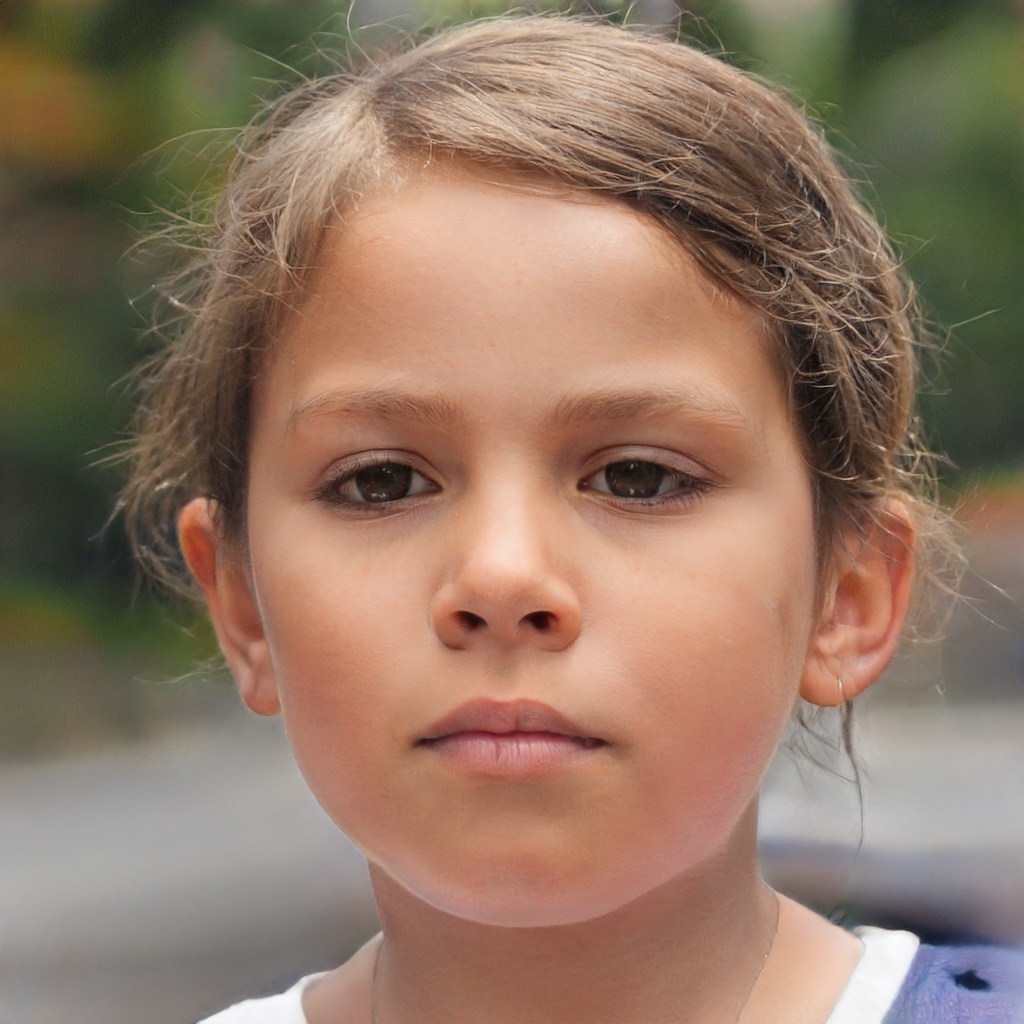Selfie pay authentication is a method of authenticating a user's identity using a selfie. This can be done by taking a picture of oneself using a camera or smartphone, or by using a pre-existing image. The selfie is then compared to a database of images, and if there is a match, the user is authenticated.
This method of authentication has become increasingly popular in recent years, as it is seen as a more secure alternative to traditional methods such as passwords. Selfie pay authentication is especially useful in situations where a password would be difficult to remember or enter, such as when making a purchase online.
Why is the user required to blink MasterCard selfie?
The selfie is used as an authentication method because it is a unique physical characteristic that can be used to verify the identity of the cardholder. By requiring the cardholder to blink, it makes it more difficult for someone to use a photo or video of the cardholder to create a fake account.
What is biometric authentication payment?
Biometric authentication is a payment security measure that uses unique physical or behavioral characteristics to verify the identity of a user. This can include features like fingerprints, iris scans, or voice recognition. Biometric authentication is often used as an additional layer of security on top of traditional methods like passwords or PIN numbers.
When used for payments, biometric authentication can help to prevent fraud by making it more difficult for someone to impersonate the legitimate user. This can be particularly useful for high-value transactions, or for situations where traditional authentication methods may be vulnerable to attack, such as when a password is stolen.
Biometric authentication is not without its challenges, however. There is a potential for false positives, where the system incorrectly identifies the user, and false negatives, where the system fails to identify the user. There is also the risk that biometric data could be stolen and used to impersonate the legitimate user. Nevertheless, biometric authentication can be a valuable tool for payment security.
Where is facial recognition used?
Facial recognition technology is used in a variety of ways, including:
1. Authentication and access control: Facial recognition can be used to verify a person's identity and grant them access to physical or digital spaces. For example, facial recognition is used to unlock smartphones, enter buildings, and access computer systems.
2. Surveillance: Facial recognition can be used to identify people in public or private spaces for security purposes. For example, facial recognition is used by law enforcement to monitor crowds and track suspects.
3. Marketing: Facial recognition can be used to gather data about people's reactions to products, ads, and other marketing materials. For example, facial recognition is used to track people's eye movements and gauge their emotional responses.
4. Customer service: Facial recognition can be used to personalize customer service experiences. For example, some retail stores use facial recognition to identify VIP customers and give them special treatment.
5. Human resources: Facial recognition can be used for a variety of human resources-related tasks, such as timekeeping, attendance tracking, and employee monitoring.
6. Healthcare: Facial recognition can be used to improve the accuracy and efficiency of healthcare processes. For example, facial recognition is used to verify a patient's identity and match them with their medical records.
7. Education: Facial recognition can be used to improve the accuracy and efficiency of educational processes. For example, facial recognition is
What banks use biometrics?
There is no definitive answer to this question as different banks have different policies and procedures in place for authentication and access control. However, some banks that are known to use biometrics for authentication include HSBC, Barclays, and Citibank.
